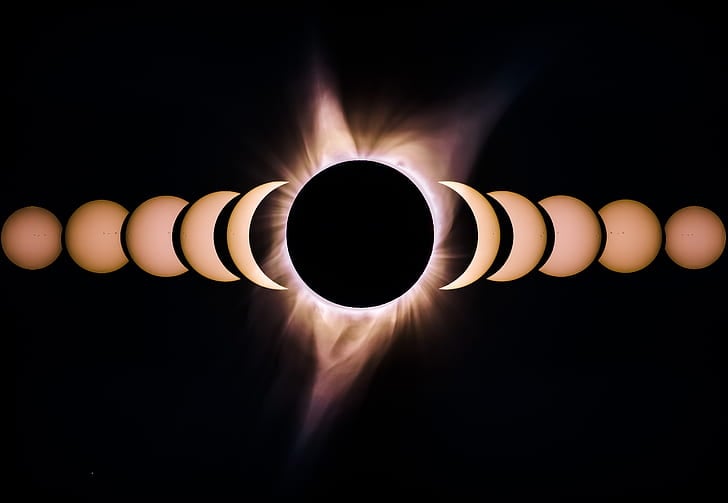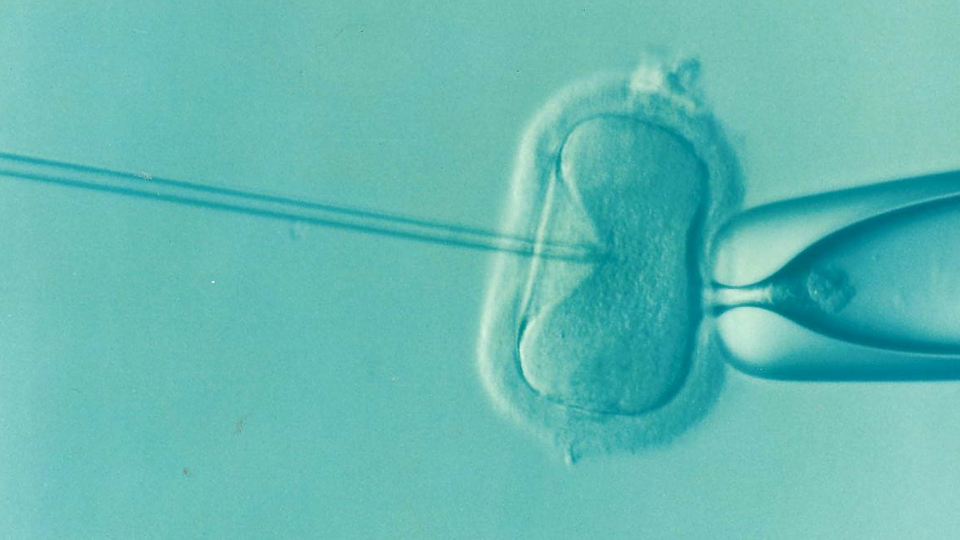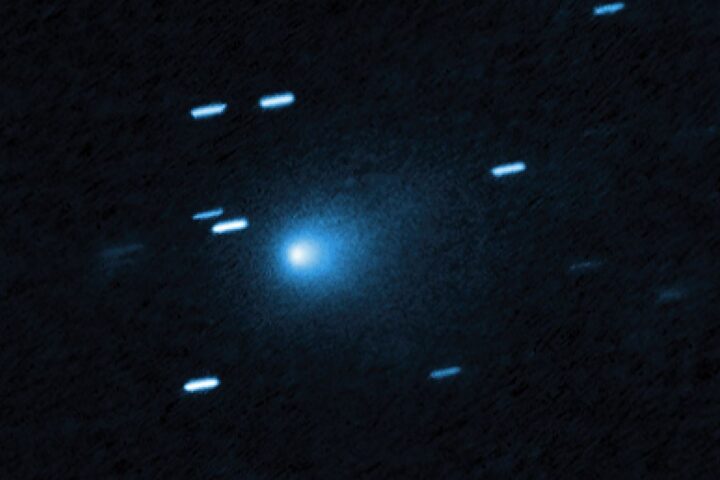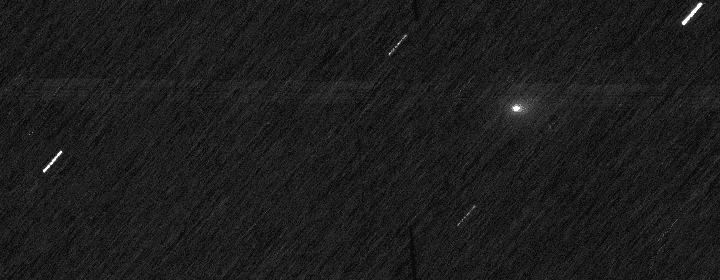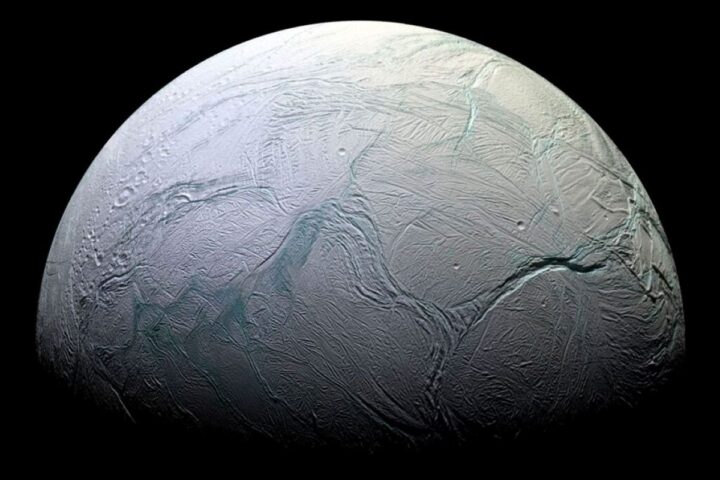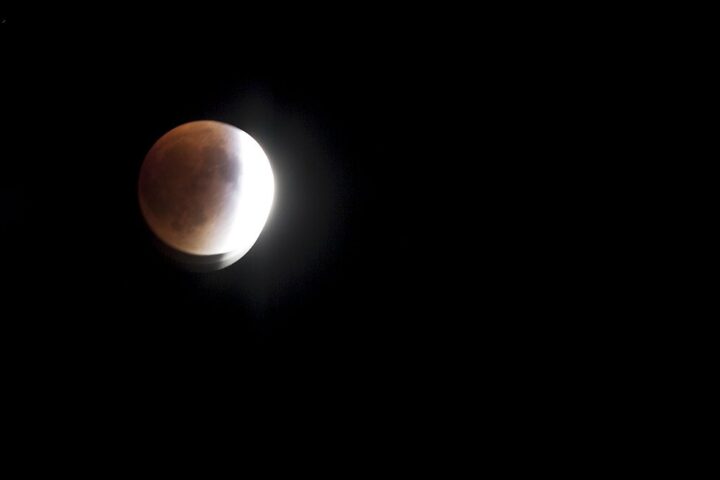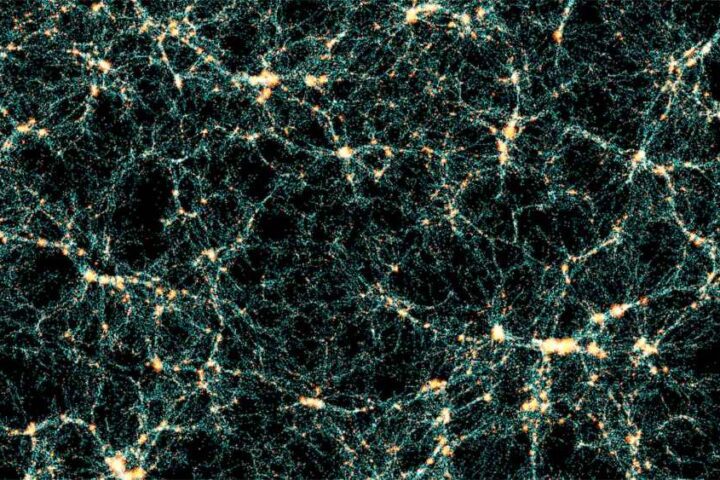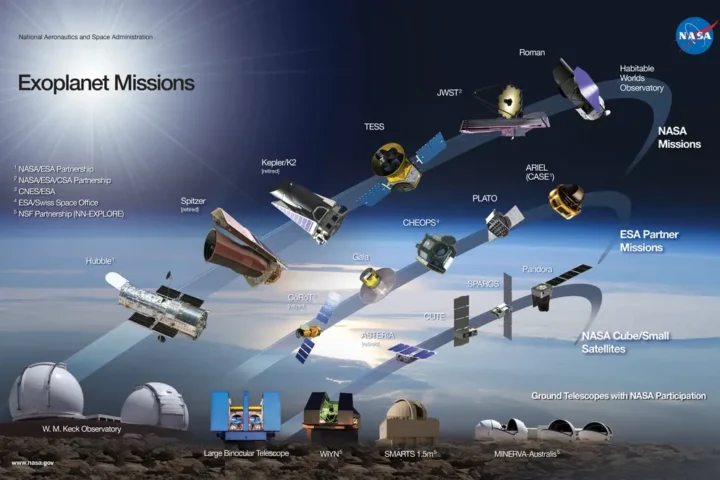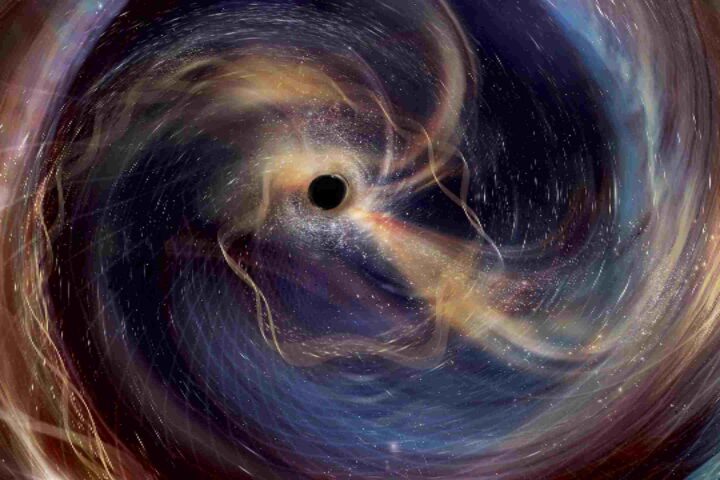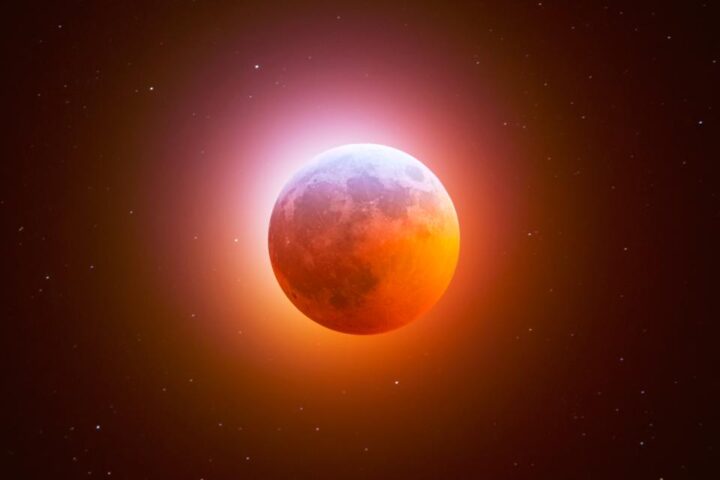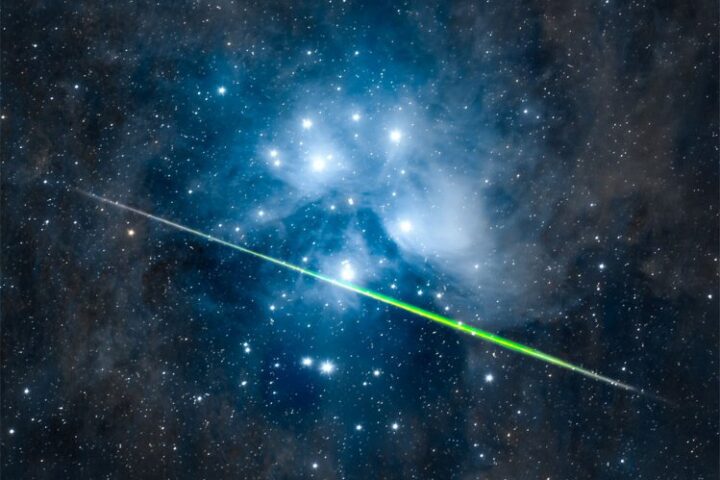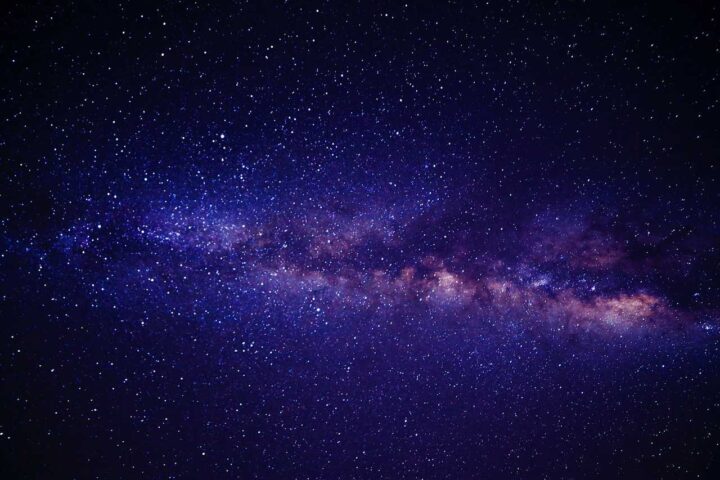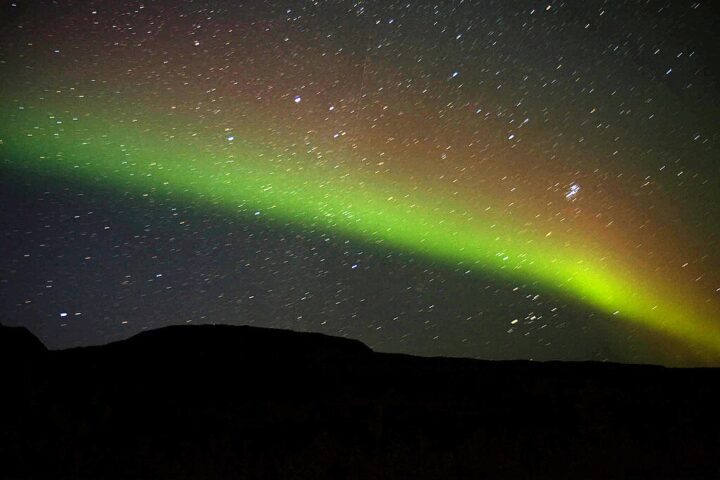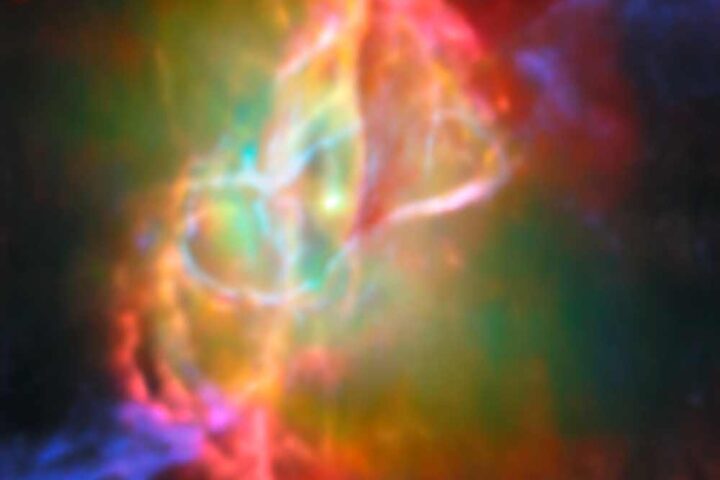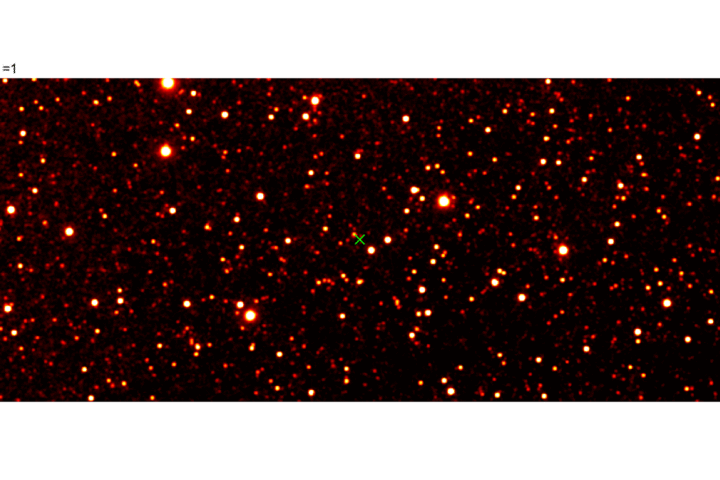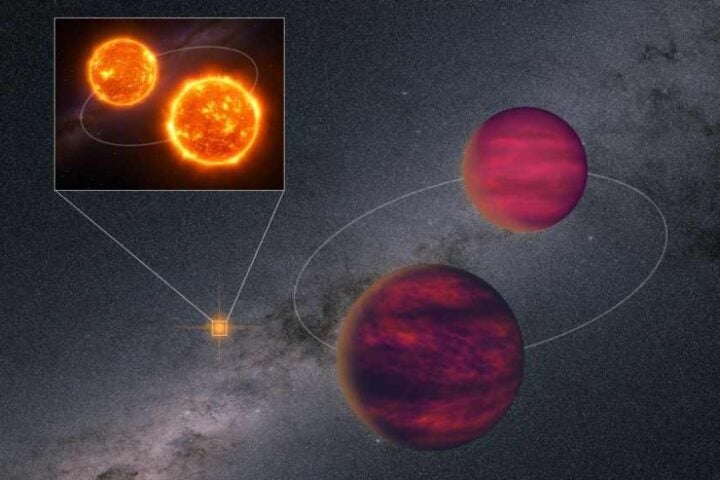Misinformation about an August 2, 2025 solar eclipse has spread across social media, but NASA records confirm no such eclipse will occur. The real astronomical spectacle awaits on August 2, 2027, when parts of North Africa, the Mediterranean, and Spain will experience 6 minutes and 23 seconds of daytime darkness—the longest land-viewable total solar eclipse since July 22, 2009.
The 2025 Eclipse Truth
Despite viral claims, NASA’s official eclipse tables show no solar eclipse on August 2, 2025. The actual solar eclipses in 2025 will occur on:
- March 29, 2025: A partial solar eclipse visible at sunrise across Canada, Greenland, and Northern Europe
- September 21, 2025: A partial solar eclipse visible from Australia, Antarctica, and the Pacific
There is no eclipse on August 23, 2025, though there will be an annular eclipse on February 17, 2026. NASA’s official decade tables provide the authoritative schedule.
The 2027 Eclipse: A Once-in-a-Century Event
The August 2, 2027 total solar eclipse will create darkness for an extraordinary 6 minutes and 23 seconds at maximum—about 1.4 times longer than the 4 minute 28 second duration of the 2024 North American eclipse. The path of totality will cross:
- Egypt (including Luxor and the Valley of the Kings)
- The Mediterranean Sea
- Gibraltar
- Southern Spain (including Malaga and Granada)
This exceptional duration results from perfect cosmic timing. On this date:
- Earth will be near aphelion (farthest from the sun), making the sun appear slightly smaller
- The moon will be near perigee (closest to Earth), appearing larger
- The eclipse magnitude will reach 1.079, according to NASA’s path calculations
The last time a land-visible total eclipse lasted longer was on July 22, 2009 (6 minutes 39 seconds over China and the Pacific), which belongs to the same Saros cycle.
Viewing Safety: Critical Precautions
The American Astronomical Society emphasizes proper eye protection for all solar viewing. Solar viewers must meet the ISO 12312-2 international safety standard, which ensures they block harmful radiation while allowing safe viewing of the sun.
Alternative viewing methods include:
- Pinhole projectors (recommended by Royal Observatory Greenwich as “the safest and cheapest way” to view eclipses)
- Live streams from astronomical organizations
- Telescope projection (never look directly through telescopes without proper filters)
NASA stresses that proper eye protection is essential for viewing any partial phase of a solar eclipse, as even brief exposure to unfiltered sunlight can cause permanent eye damage.
Quick Eclipse Facts
Eclipse Types in 2025-2027:
- March 29, 2025: Partial solar (maximum 93% coverage in some areas)
- September 21, 2025: Partial solar (maximum 96% coverage in some areas)
- August 2, 2027: Total solar (maximum 6m 23s)
Saros Connection: The 2027 eclipse belongs to Saros cycle 136, the same family that produced the long July 2009 total eclipse over China. This cycle creates particularly long-duration eclipses when they fall near Earth’s aphelion.
Eclipse Tourism: Tour operators in Egypt and Spain have already begun developing specialized eclipse packages. Luxury accommodations in prime viewing locations are expected to book up well in advance.
Planning Resources
NASA’s eclipse resources provide detailed maps and information about upcoming eclipses. The American Astronomical Society continues its Education & Professional Development Mini-Grant programme, funding various eclipse education initiatives.
The Royal Observatory Greenwich offers guidance on safe eclipse viewing methods and techniques, with particular emphasis on their recommended pinhole projection method for those without specialized equipment.
The Facts In Summary
The August 2, 2025 solar eclipse is a myth. The genuine 2025 eclipses occur on March 29 and September 21. The August 2, 2027 total solar eclipse will deliver an extraordinary 6 minutes and 23 seconds of totality across North Africa and Southern Spain. Proper ISO 12312-2 certified eye protection remains essential for all solar viewing.
